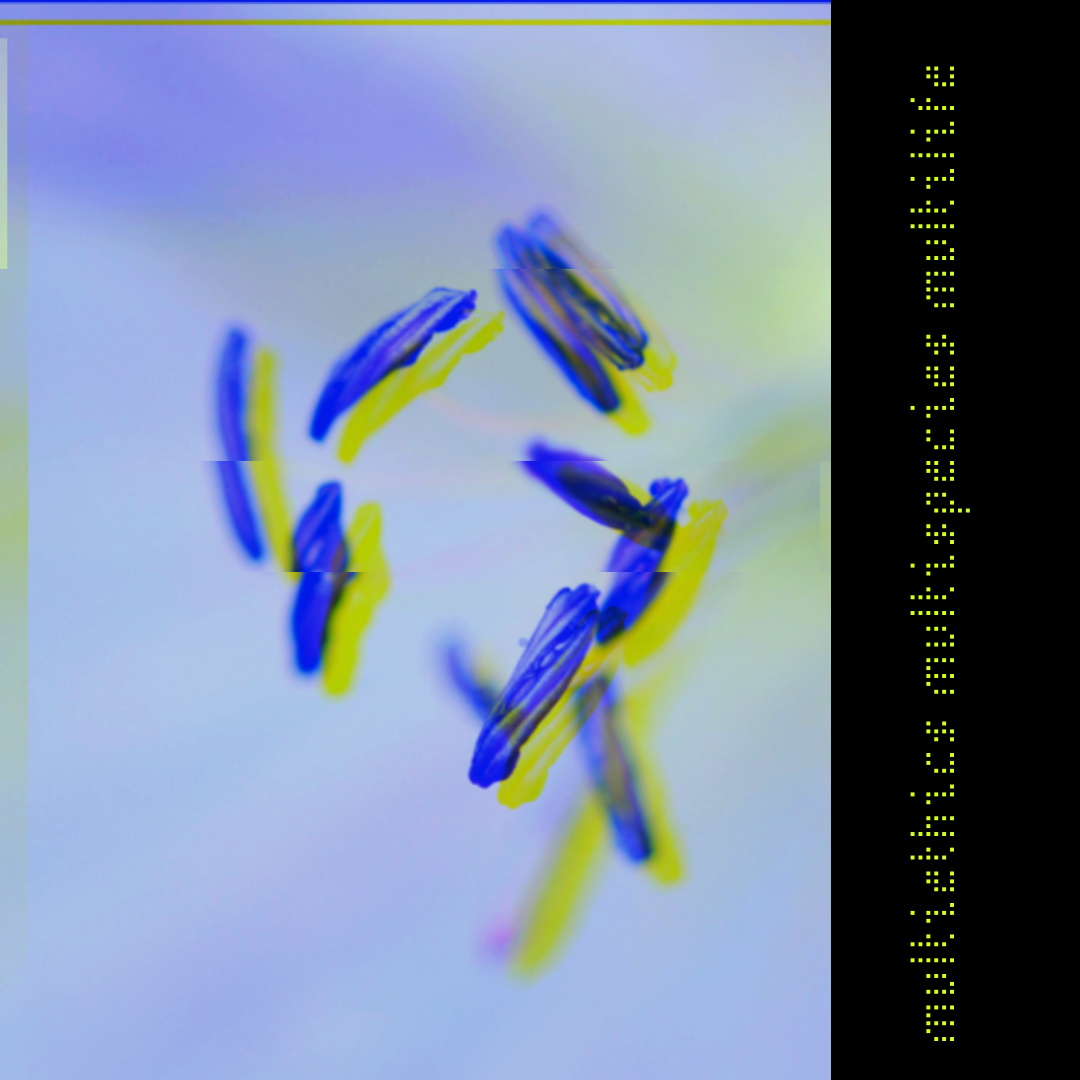
Anne Coray
Artist Statement: Talking & Listening to Plants
Although I consider myself to be more of an eco-poet than a nature poet (that is, largely concerned with destruction of the natural world) I’ve written a good share of nature poetry, especially when I was starting out. I think of nature poetry as being more celebratory, and these three poems lean in that direction. It’s been fun to revisit them and simultaneously to revisit my state of mind when they took root. All were written at my remote home site on Lake Clark (Qizhjeh Vena) in southwest Alaska, where my husband and I lived year-round for 17 years and where we now spend half the year.
Cow parsnip is an incredible plant, with large white flower heads. Some get to be 8 feet tall, and they are ubiquitous in the southwest and southcentral part of the state. They also grow very quickly. I remember one day feeling astonished that they were in full bloom and I hadn’t even noticed. I realized how much I was missing because of my own preoccupations, in this case politics. (This was long before the 2016 election and the ensuing far-right political extremism, but the poem seems even more germane today.) I reached for my Alaska Wildflowers book at this point, looking for the Latin name. Thus my poem, “Heracleum lanatum.”
The inspiration for “Late Bloomer” was much the same: taking stock of all that I’d been missing. Never mind what was going on in my head—the natural world, flower and plant growth in particular, was/is out there, doing its best regarding continuance. In this poem Keats (dare I say “trumps”) Baudelaire. Can we choose to “look at the bright side?” It seems that plants don’t have a choice. They must simply take advantage of the light and the brevity of Alaska summers. The alpine gentian is one of the last flowers to bloom—thus it is a parallel to the speaker, who ultimately arrives at the conclusion that celebration is essential.
“Grass Studies” is very much a research poem. Many of these grasses are not native to Alaska, but I was intrigued by their names. I simply loved the sounds. I also like the sly and dark inclusion of “the way the Chippewa used foxtail, / to kill their troublesome dogs.” Hey, the poem seems to be saying, it’s not all a merry-go-round out there, but we can still find a way to express beauty—via the sheer sound of language, my first love.
Anne Coray ’s debut novel Lost Mountain was published in 2021 with West Margin Press. She is the author of the poetry collections Bone Strings, A Measure’s Hush, and Violet Transparent and coeditor of Crosscurrents North: Alaskans on the Environment. Her work has appeared in Northwest Review, Poetry, North American Review, and Green Mountains Review. Recipient of fellowships from the Alaska State Council on the Arts and the Rasmuson Foundation, she divides her time between the coastal town of Homer and her birthplace on remote Lake Clark.



